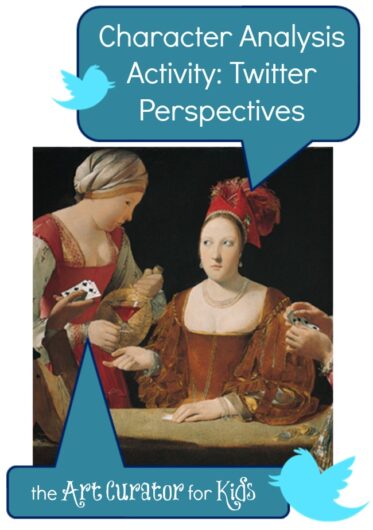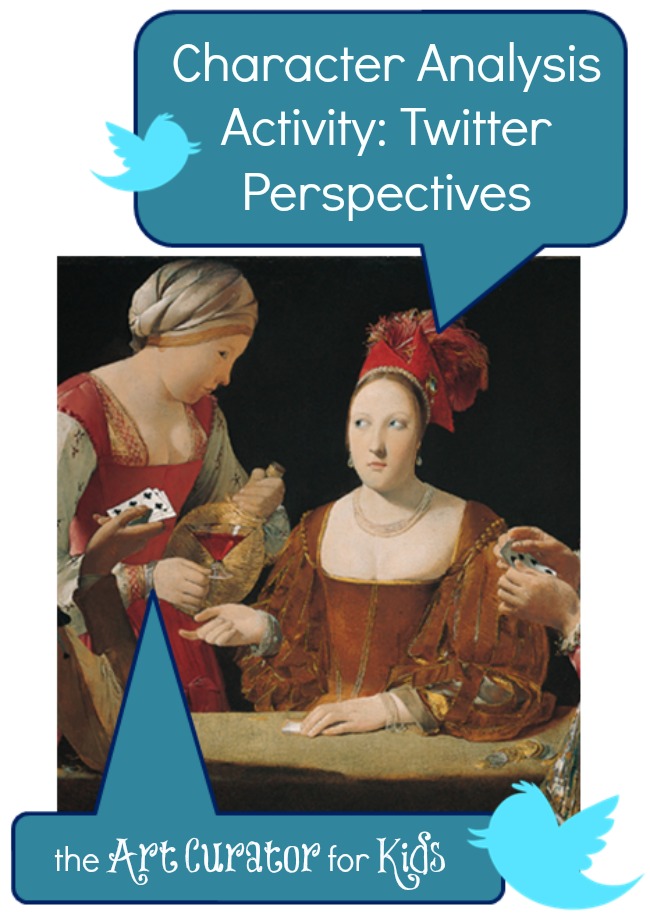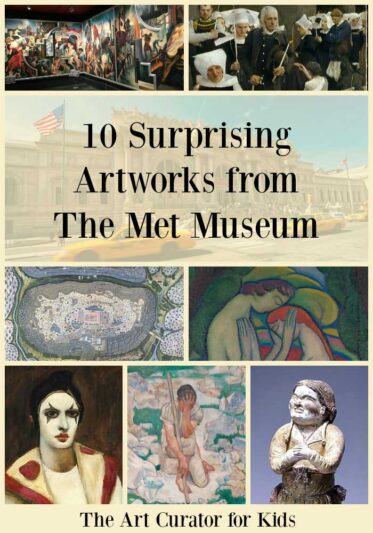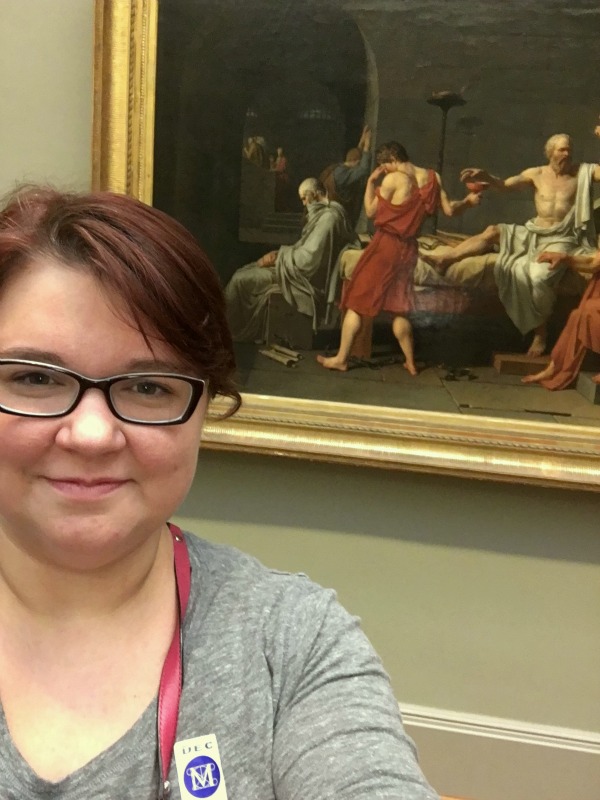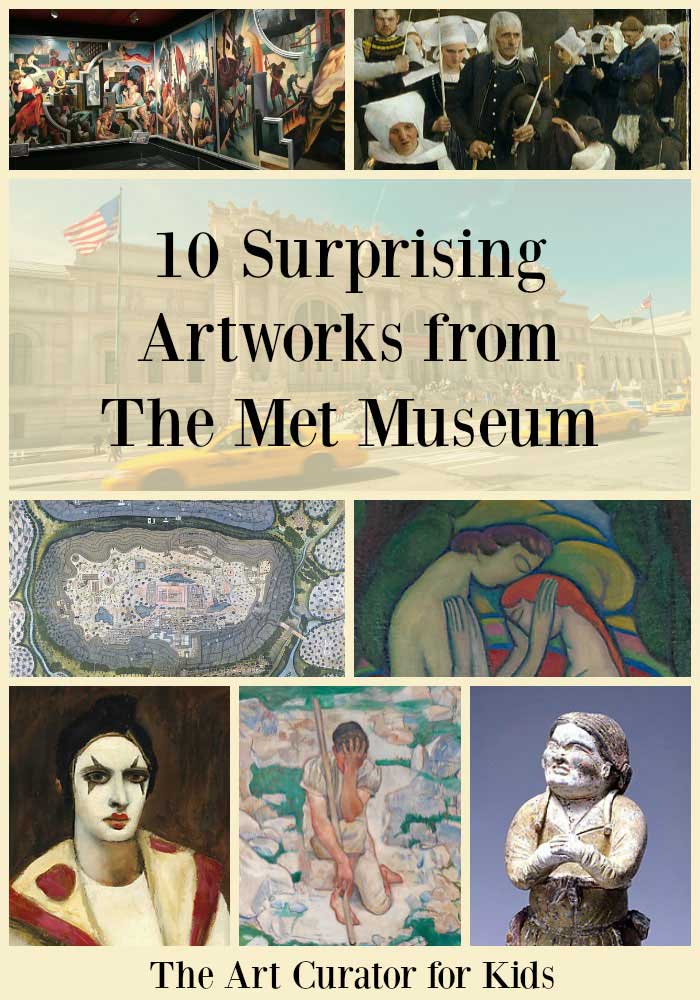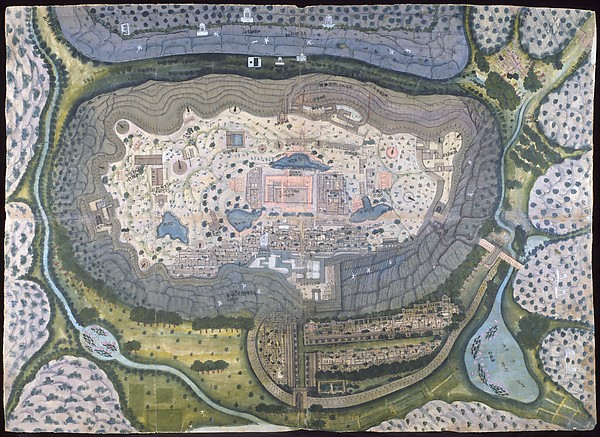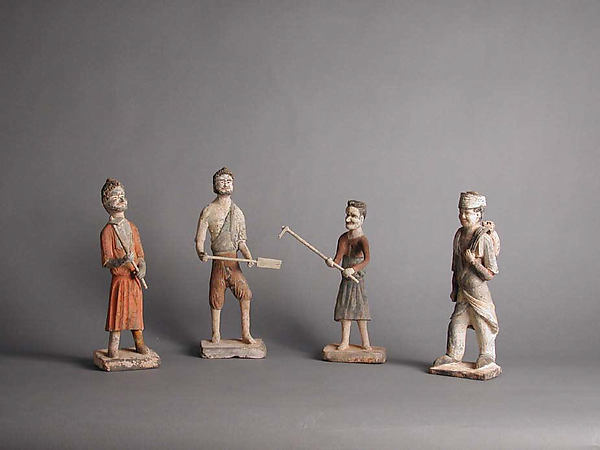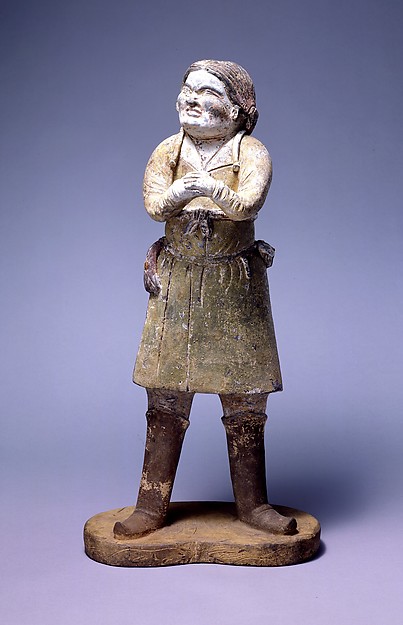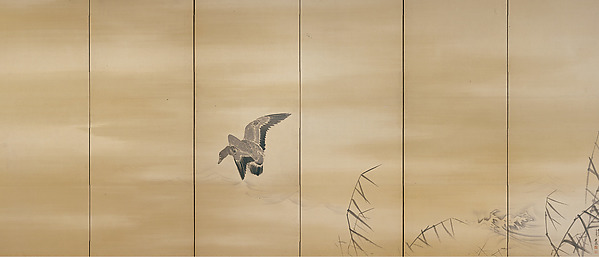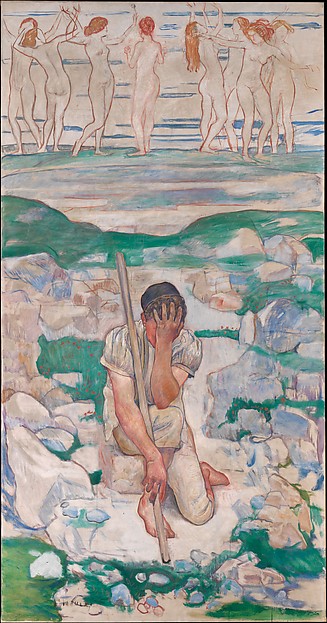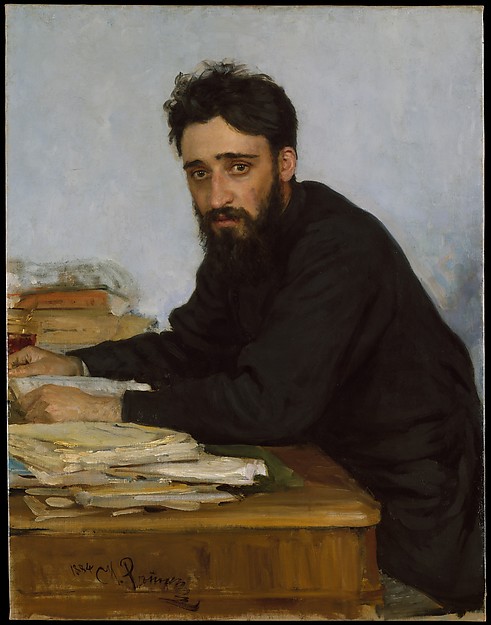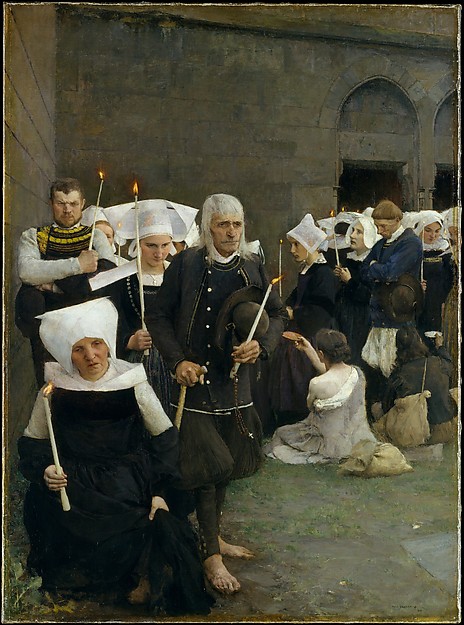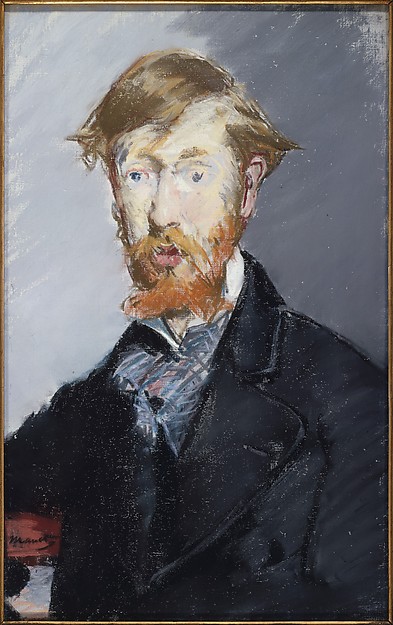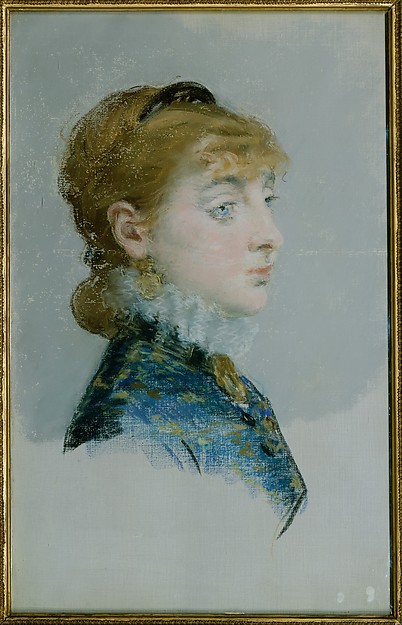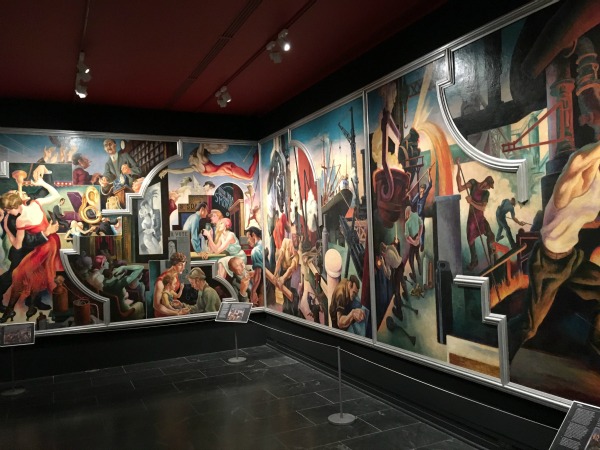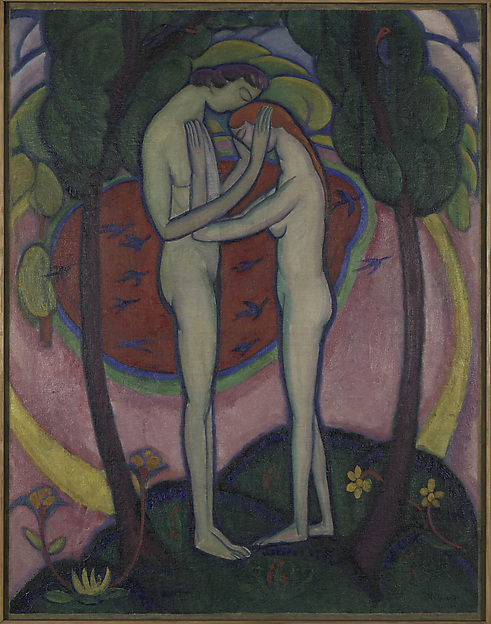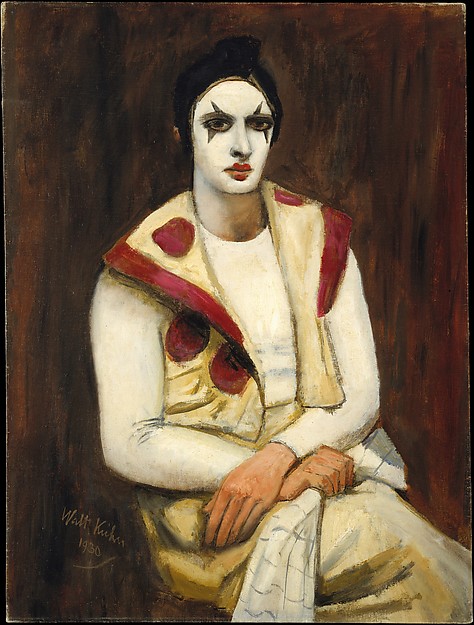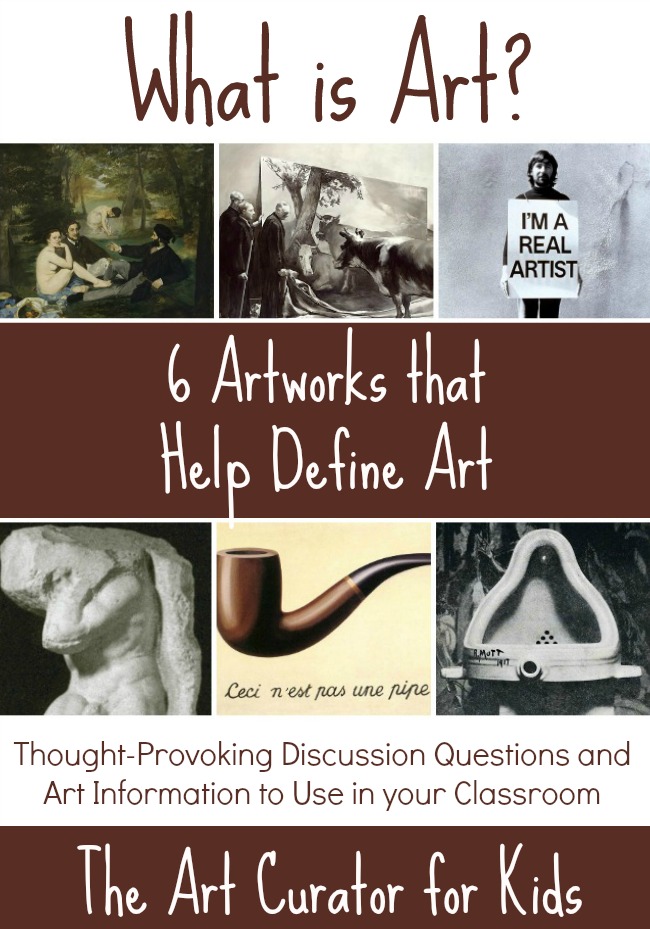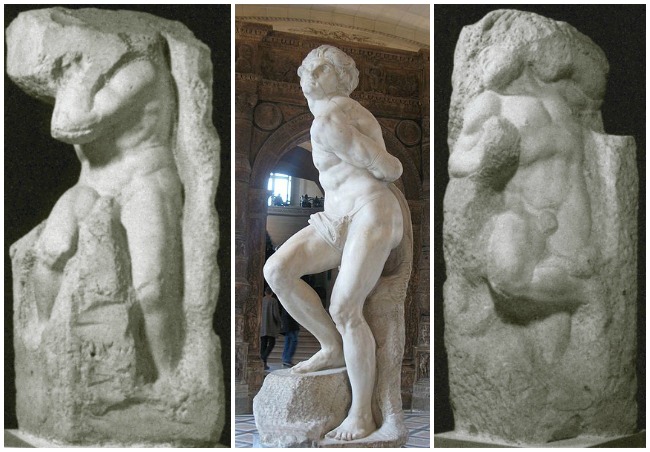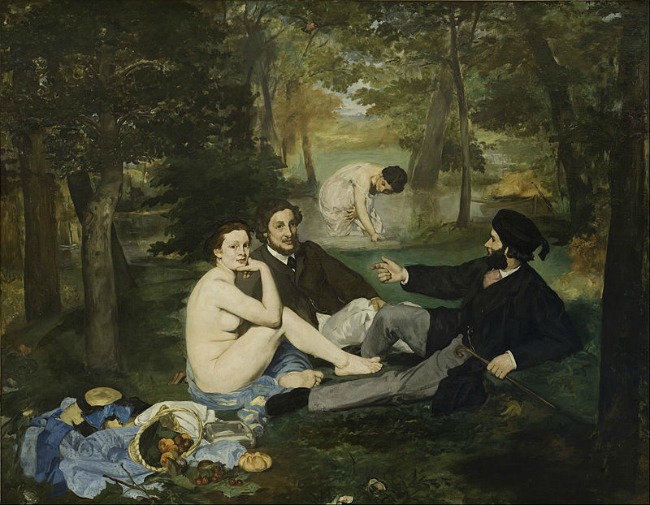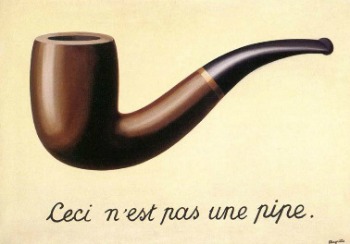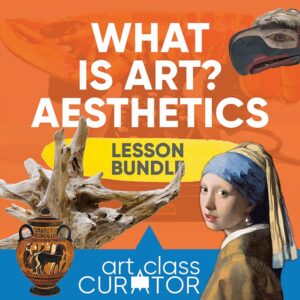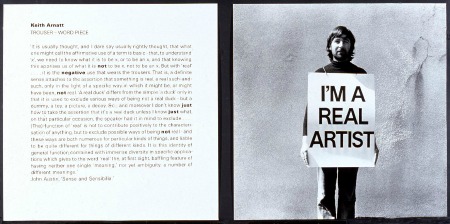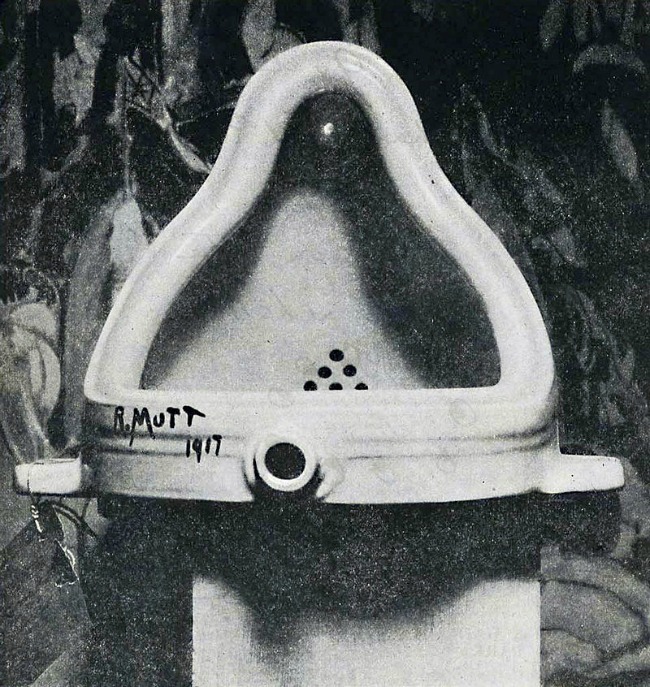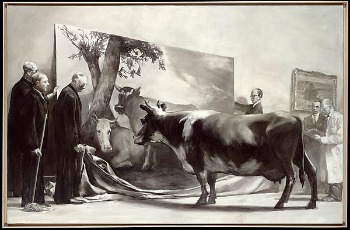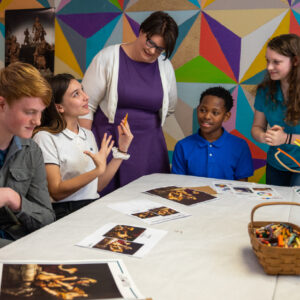One great way to analyze and interpret a work of art is to do character analysis–looking at visual clues to understand the motives, actions, thoughts, and feelings of the characters in the artwork.
In my Art Appreciation Printable Worksheet Bundle that you can get for free by signing up for my e-mail list, there is an activity I created called “Twitter Perspectives” that focuses on this way of interpreting art. (You can also find more character analysis activities in the art worksheets 25 pack for $12).

Free Worksheets!
Art Appreciation Worksheets
In this free bundle of art worksheets, you receive six ready-to-use art worksheets with looking activities designed to work with almost any work of art.
Art Activity Instructions: Study the characters in the artwork. Think about what the character thinks and feels. Then, write tweets from the perspective of the characters in the work. Create a twitter username that fits your perspective of the character.
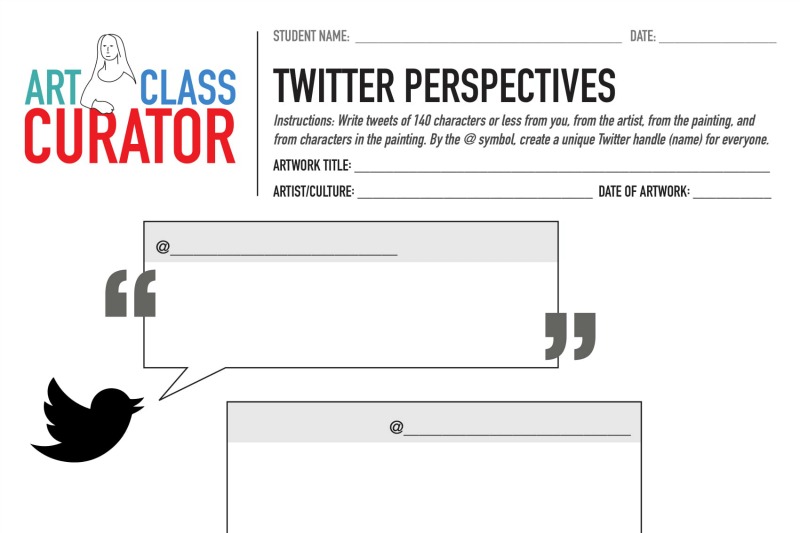
Get this worksheet and more to explore art in the free Art Appreciation Worksheet bundle by clicking the button below.
Here are some artwork suggestions to use with this worksheet:

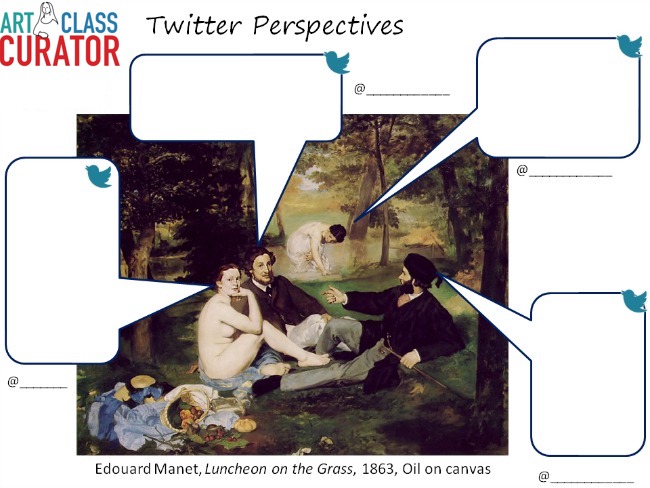

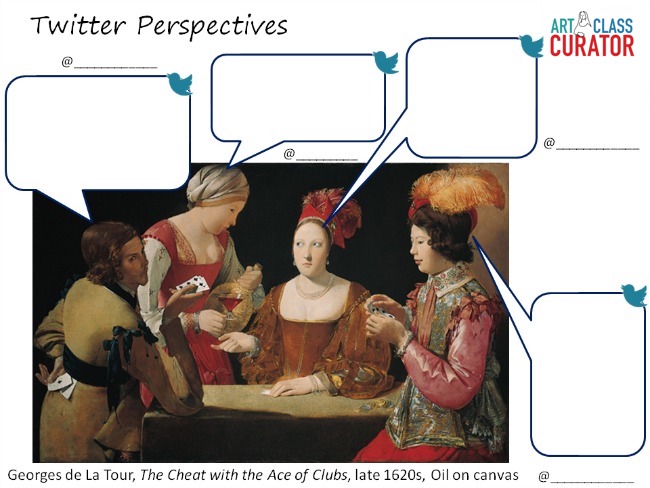
How did it go? Please share one of your tweets about these artworks in the comments or tag me on twitter!
This post was originally posted on July 14, 2014.

